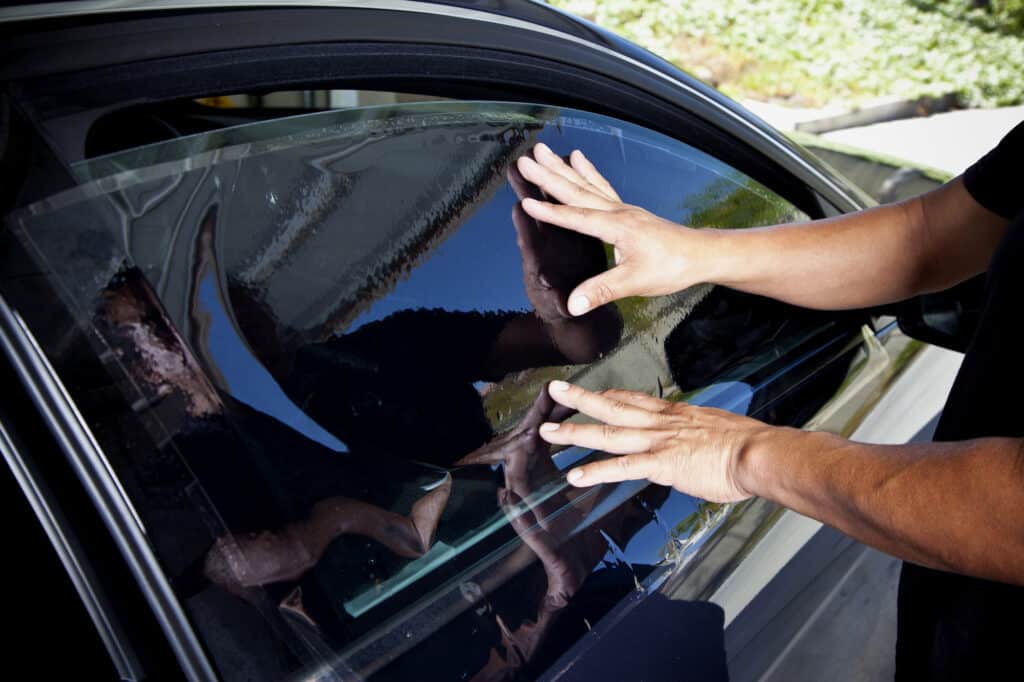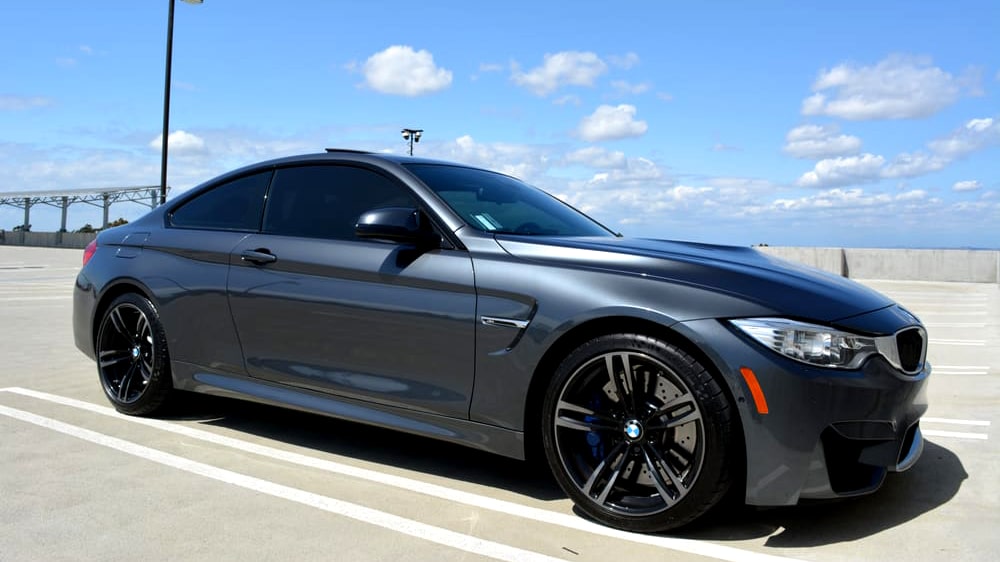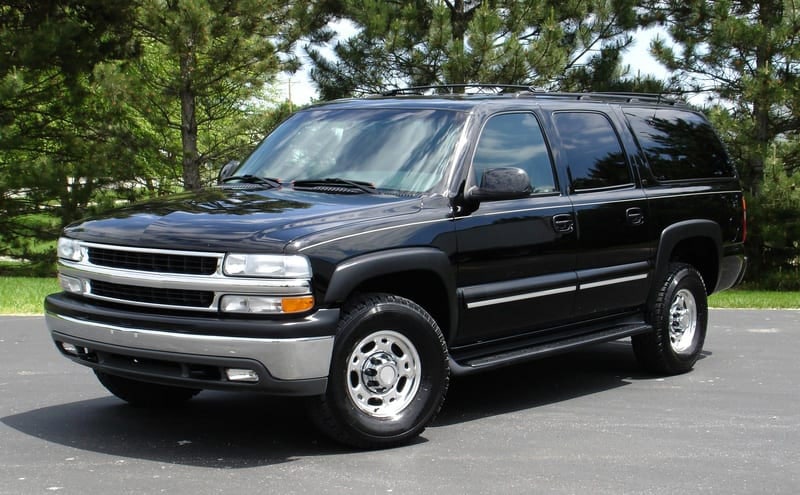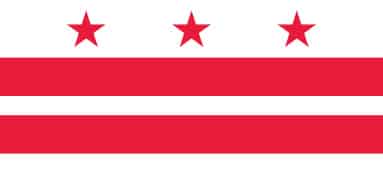Window tints do a lot more than simply make your car look nicer. They primarily offer the benefit of reduced heat and glare from oncoming traffic.
They also protect your interior from fading, warping and cracking; they protect you and your co-passengers from harmful UV rays, and they keep the cabin cool.
However, when opting for window tints, it is important to know the relevant laws in your state around this upgrade. In this article, we’ll discuss the window tint laws in Washington DC.
Is Window Tint Legal in Washington D.C.?

Vehicle window tints are legal in Washington D.C., but they are governed by the D.C. tint law established in 1994.
To avoid unwanted attention from law enforcement officials, it is imperative that you follow these laws. Cars with excessively dark tints get pulled over very often.
To ensure that your car complies with the law, you must meet certain requirements which we have discussed below.
Permitted Window Tint Darkness in Washington D.C.

Window tint darkness is measured with the help of a unit called VLT or visible light transmission, which is the percentage of ambient light that the window tint lets through.
High VLT% indicates that more light can pass through the tint film, whereas a lower VLT means less amount of light can pass through it.
For example, a tint with 85% VLT will allow 85% of light to travel through, whereas a 10% tint allows only 10% light to pass. Find more details below.
Sedans

Windshield: You are permitted to have a non-reflective tint on the top 5″ or above the AS-1 line
Driver side windows: Minimum 70% VLT
Passenger side windows: Minimum 70% VLT
Rear window: Minimum 50% VLT
SUVs and Vans
Windshield: You are allowed to have a non-reflective tint on the top 5″ or above the AS-1 line
Driver-side windows: Over 70% of light should be let in
Passenger side windows: Over 70% of light should be let in
Rear window: Over 35% of light should be let in
Acceptable Tint Reflection in Washington D.C.

Many people prefer the look of reflective tints because of the amount of privacy they afford. Note that tint reflection and transparency are two different things.
At the time of writing, the DC tint law does not specify anything about tint reflection limits, unlike other states.
Other Tint Rules You Need to Know
- There are no restrictions regarding side mirrors in Washington D.C.
- All tint colors are permitted by the state.
- Washington D.C. does not require tint certification to be given by tint film manufacturers.
- Medical exemptions are permitted by the state for special tint.
- In case of any window tint violation, you will receive a citation of $50 and if the tint is not in compliance, you can be fined up to $1,000.
State of Washington D.C. Info

Formally known as the District of Columbia, Washington D.C. or just D.C. is the capital of the United States.
Named after George Washington, the first president and Founding Father of the country, Washington D.C. is the seat of the federal government of the U.S. and many other international organizations, which makes it a very important political capital in the world.
Population: 707,109
Capital: Washington D.C.
Registered vehicles: 210,297
Total lane miles: 1,500
Number of highways: 2
Tint law references: District of Columbia Statutes | MPD Enforcement
Medical exemption info: Waiver Info | Window Tint Waiver Application

